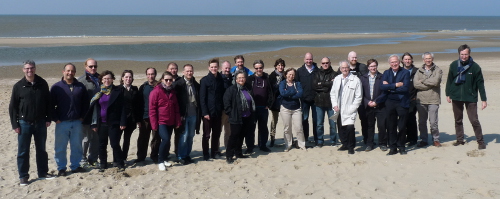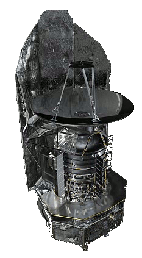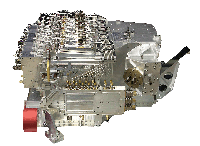|
|
Water In Star-forming regions with Herschel
|
A Guaranteed Time Key Program for the Herschel Space Observatory
|
|
| |
 WISH Team in Noordwijk,
April 10, 2016 WISH Team in Noordwijk,
April 10, 2016 |
|
|
|
|
|
|
|
|
Water is one of the most abundant and important molecules in star-forming regions.
Although it is only a trace species in general molecular clouds, water becomes
the third most abundant species in the warm regions created by the presence of
newly-formed stars: the inner protostellar envelopes where the dust is warmer
than the ice evaporation temperature, and the regions where the collapsing matter
interacts with the powerful jets from the protostar causing violent shocks. This
enormous variation in abundance makes water a unique probe of the physical
structure of the region, and of the fundamental chemical processes within the
gas and between the gas and the grains.
Moreover, its level of deuteration
provides an important record of the temperature history of the cloud and the
conditions during grain surface formation. Water also plays an active role
in the energy balance of the envelope. In all of these physical and chemical
aspects, water provides highly complementary information to that derived
from the commonly studied CO molecule.
|
 Herschel Space Observatory Herschel Space Observatory |
 HIFI instrument HIFI instrument |
In this Herschel HIFI-led Key Program, we propose a comprehensive set of water
observations towards a large sample of protostars, covering a wide range of masses
and luminosities -from the lowest to the highest mass protostars-, and a large
range of evolutionary stages -from the first stages represented by the pre-stellar
cores to the last stages represented by the pre-main sequence stars surrounded
only by their protostellar disks.
|
Lines of H2O, H2
18O and the chemically related species O, OH,
OH+ and H3
O+ will be observed.
In addition, selected high-frequency lines of CO and 13
CO as well as dust continuum maps will be obtained with Herschel,
and will be complemented by ground-based HDO, CO and continuum maps to ensure a
self-consistent data set for analysis. The HIFI instrument will be used for the
bulk of the time, but PACS spectroscopy will be added as well. For more information,
see out Outreach, Public images sites, or an overview presentation.
|
|
|
|
|
Webpage is hosted at Leiden Observatory. For questions, remarks or updates, please email Umut Yildiz
|
|
|
|